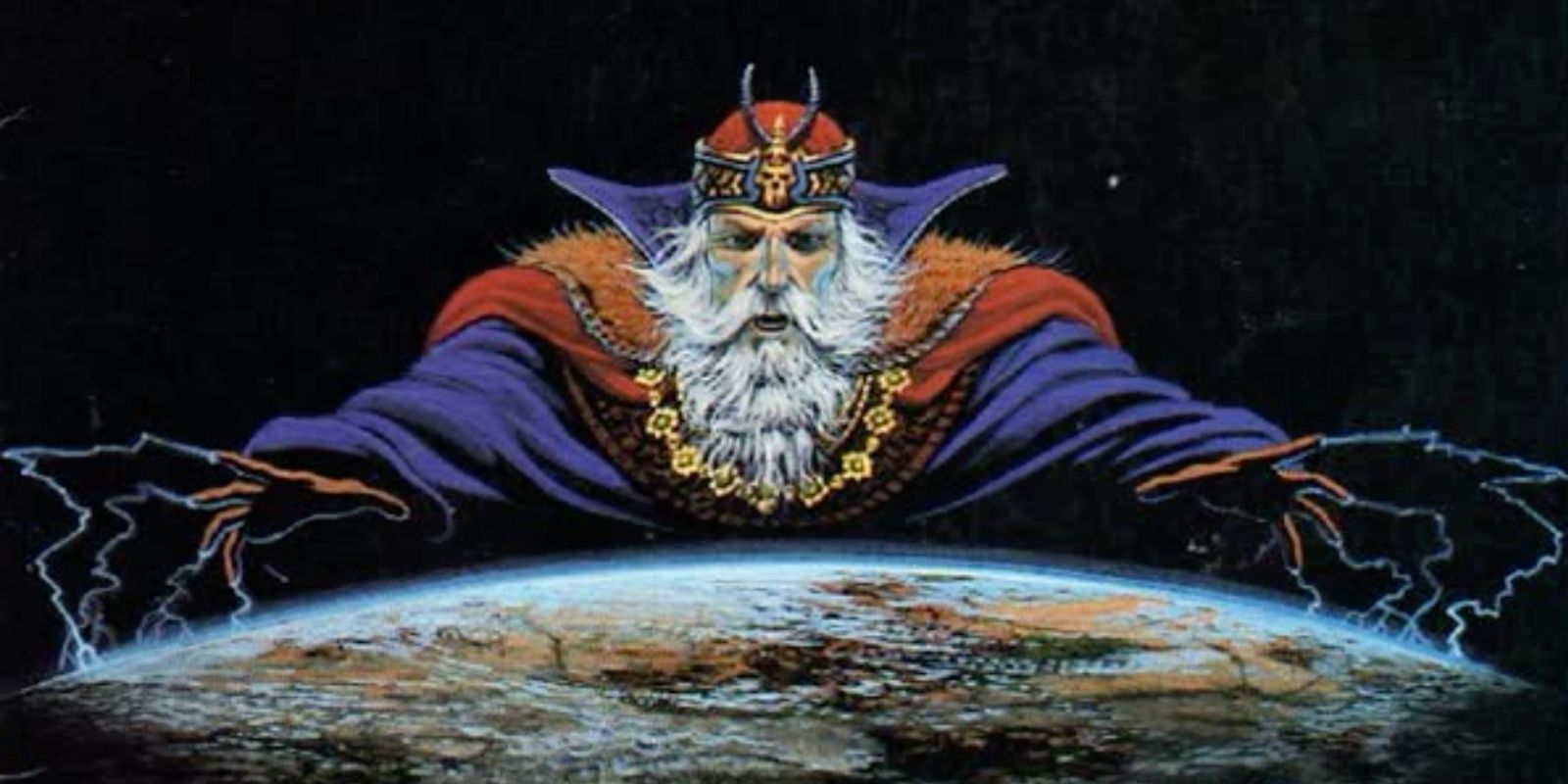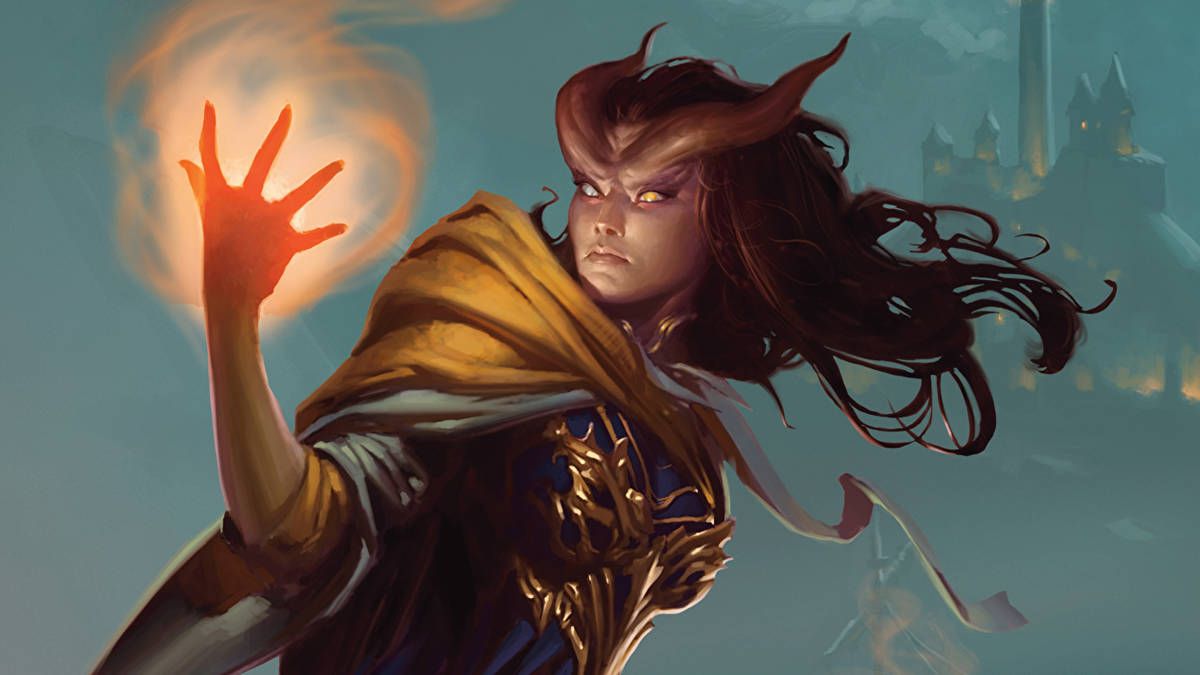Much of what makes Dungeons & Dragons such an enthralling experience is the story you and your friends get to play through together. Between the Dungeon Master spinning tales of intrigue and excitement and the players getting up to whatever antics they can think of, D&D actively encourages everyone involved to add their own unique pieces to the story as it goes along. In this way, the game can help all players find their own storytelling voices.
Both the DM and the players have important roles to fill when bringing a campaign to life. Cooperation is key. Of course, everyone has different levels of comfort and experience when it comes to both roleplaying and writing, and that's totally fine. But no matter what level of play you find yourself at, everyone at the table should be comfortable with what's going on and be able to have fun. D&D has a unique way of teaching everyone involved to become a storyteller in their own right.
Storytelling as the Dungeon Master
As the Dungeon Master, D&D can teach you how to tackle long-form storytelling, as well as how to adapt to and write a story that is ever-changing. While you should have your plans, your players are mostly in control of everything that goes on, and they should always be the driving force of your campaign. You might have an idea of how things will go in a session, but you need to be ready adapt if your players completely derail your plans. That's half the fun of both playing Dungeons & Dragons and being a storyteller: adapting to new ideas.
If it's your first time as a DM, you're going to want some practice before whipping up your own campaign, and there are plenty of modules available for you to try out. If you're feeling up to the task of writing your own campaign and crafting your own world, then you'll have your work cut out for you. Make no mistake, being the Dungeon Master is not easy. It's a time-consuming endeavor, but the rewards of guiding your players through your campaign and world are undeniably worth all the effort. Don't be afraid to start small and work your way up to the larger aspects of the game. In this way, you'll learn the importance of scaling and pacing when it comes to storytelling.
If you feel like really spicing up your campaign, try exploring deeper themes like parenthood, the intricacies of life and death or the intrigue of politics, and watch how all your players' characters respond to those story elements. Discovering how your players operate and act is a great way to learn how to write and engage with unique, flawed characters. And, if you can engage with your characters, you'll be that much stronger when it comes to your storytelling as a whole.
Aside from coming up with your own ideas for a main plotline, one of the most important things you can do as the DM is include your players' character backstories in the threads of your campaign. This will help your players feel more personally invested in the story and world. A player's backstory could be the crux of an entire campaign or a side thread to be pursued at a later time. Either way, incorporating their unique qualities will help you further connect the characters with the world and help you improve as a writer.
Storytelling as a Player Character
As a player, the moment you create your character, you've taken an action as a storyteller. Every character has a story to tell, and it's up to you as the player to make sure that happens. Sure, the DM will help bring your story to fruition, but without you creating the character in the first place, the DM loses a vital piece of their own story. A tale is only as good as the characters it focuses on, and that is especially true in Dungeons & Dragons.
Much like starting small as the DM, don't be afraid to start small with your character's backstory. You might start with something a simple as, "My clan was destroyed, and I now fight against tyranny and seek vengeance against those who wronged me." And that is perfectly fine. You'd be surprised by how much depth can come from such a simple idea. And it's up to you and the DM to decide how you want to explore your character's personal story, if at all.
But say you wanted to take that idea a step further. Perhaps, when your clan was destroyed, your child was nearly killed. By some stroke of luck and a wandering shaman's magic, you've been able to preserve your child's life, but only for so long. You must search for a means to save your child, and when that's done, you'll make those who wronged you pay. This new idea preserves the key elements of the original, but tops it off with a powerful theme: parental love and the lengths to which some will go for their children.
Just as the DM can choose to dive into deeper themes, as the player, you get to decide how your own character will react to and deal with these concepts. In this example, your character's experiences as a parent are likely paramount to who they are and why they are motivated to act in a certain way, but another party member might be coming from a different perspective. This conflict of belief may lead to a minor confrontation in the party, and before you know it, you'll be engaging in something close to a real-life social interaction in your D&D game. As a storyteller, this is a great way to learn how character dynamics and relationships develop, as well as how to craft fluid dialogue. And, while you're at it, it's also a great way to pick up some improvisational skills.



